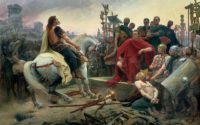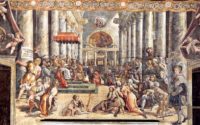A History of Rome and Pluto Returns Part 3: Byzantium Rome’s Pluto Returns: Invaders at the Gates!
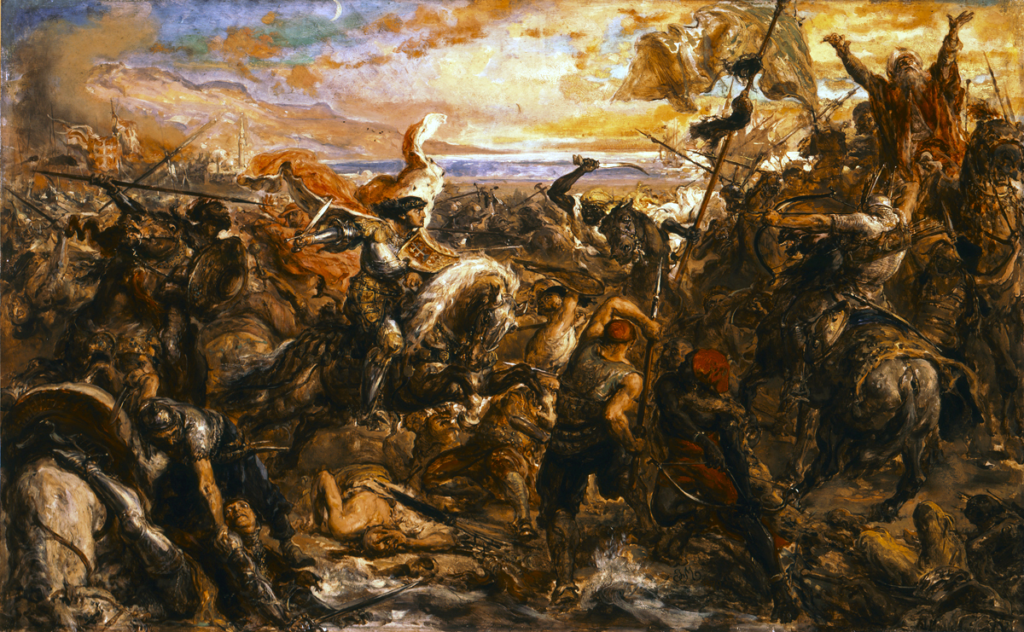
When Rome collapsed, did the Pluto Return stop being effective? Answer is no, because the political institutions started by Rome continued on. Only the Western Empire, started by Rome collapsed. The chart of Rome could be used as the foundation chart for the Byzantium Empire too since it continued the Roman Empire into the Middle Ages.
While the Eastern Empire had to deal with the collapse of the Western Empire during Rome fifth Pluto Return it also had another crisis. During this time frame, Emperor Leo I died, and briefly left the empire to his young son Leo II, who died a short time later. Leo I’s son in law Zeno took the throne. A revolt lead by his mother in law and her lover Basiliscus immediately occurred and he was forced to flee and after about a year he was able to put down this revolt.
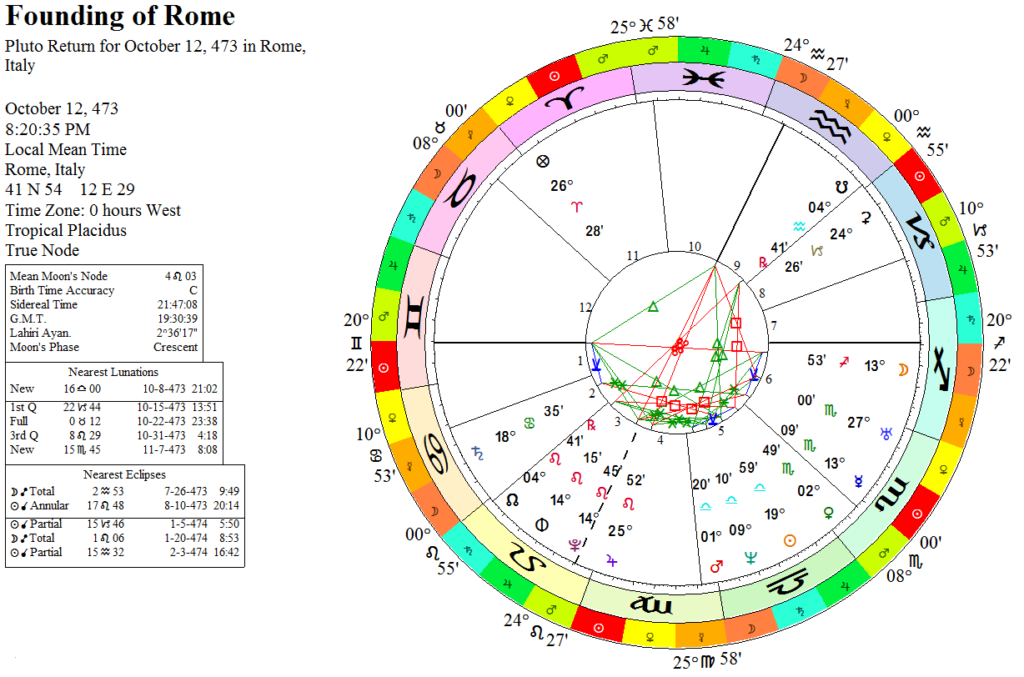
So there was a lot of instability in Byzantium during the fifth Pluto Return, but it marked more by internal discord rather than an external threat. One could argue the external threat was the collapse of the Western Empire. While it was a loss, it also wasn’t a big concern for the Eastern Emperor since they had to deal with many other problems closer to home.
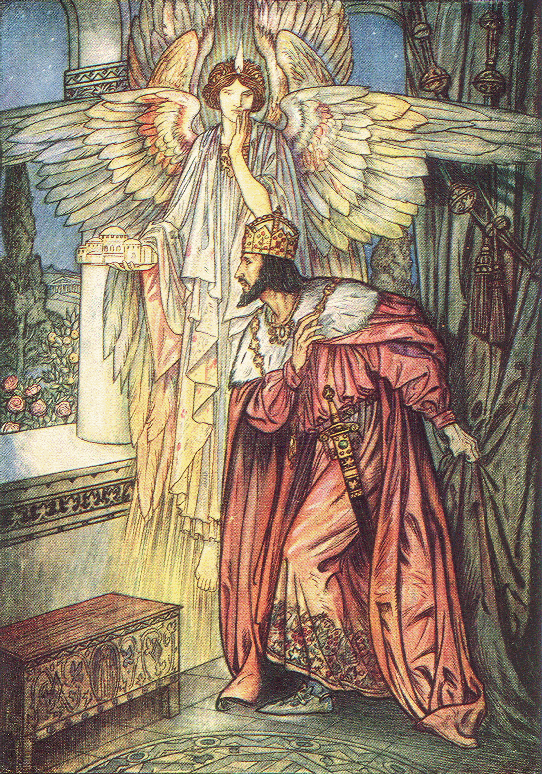
Over the sixth Pluto Cycle Byzantium stabilized and reached its greatest territorial extent. Sometimes even bringing parts of Italy and Rome itself back under its control. Here is almost recreates the the classical Roman Empire under Emperor Justinian I. However, in the later half of the sixth Pluto Cycle, wars with Sassanian Empire in Iran and then later with the Arabs depleted the Byzantium’s military forces and the empire shrunk.
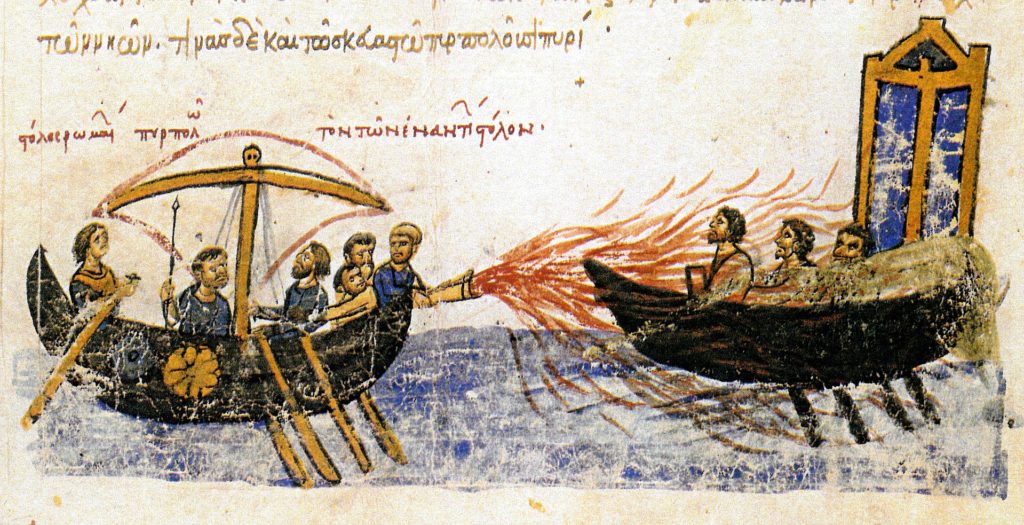
By the time of the sixth Pluto Return, the years preceding it are historically known as the Twenty Years’ Anarchy, which lasted right up to the Arab siege of Constantinople in 717-718 AD. The sixth Pluto Return occurred during 719-720 AD. So once again, a major external threat occurred. Compared to earlier sieges of the city by Arab forces, this siege was well organized and almost brought the entire empire into the Islamic world seven centuries early.
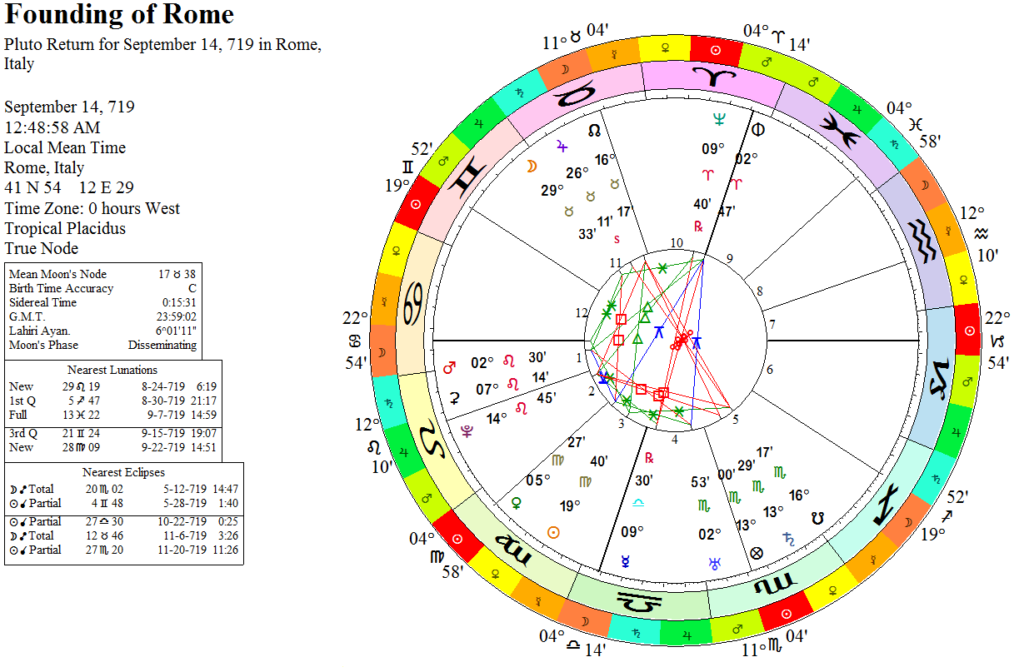
The seventh Pluto Cycle for the Byzantium Empire was actually fairly good, no major expansion or contraction. Although the Empire was much smaller than the previous cycle since it lost all of Italian, African, and Syrian territory it had previously held to Arab Invasions at the end of the sixth Pluto Cycle. From this point forward the Byzantine Empire will be confined to confined to the area held by the modern states of Greece and Turkey mostly.

The seventh Pluto Return for Byzantium in 965-966 AD is the only one that no major event happened. This is the weakest point in this historical analysis of Pluto Returns. The emperor at the time was Nikephoros II Phokas. He slightly expanded the empire during this time, but otherwise nothing notably happened. Did something happen during this return to divert the Plutonian energy else where? The historical records doesn’t tell.
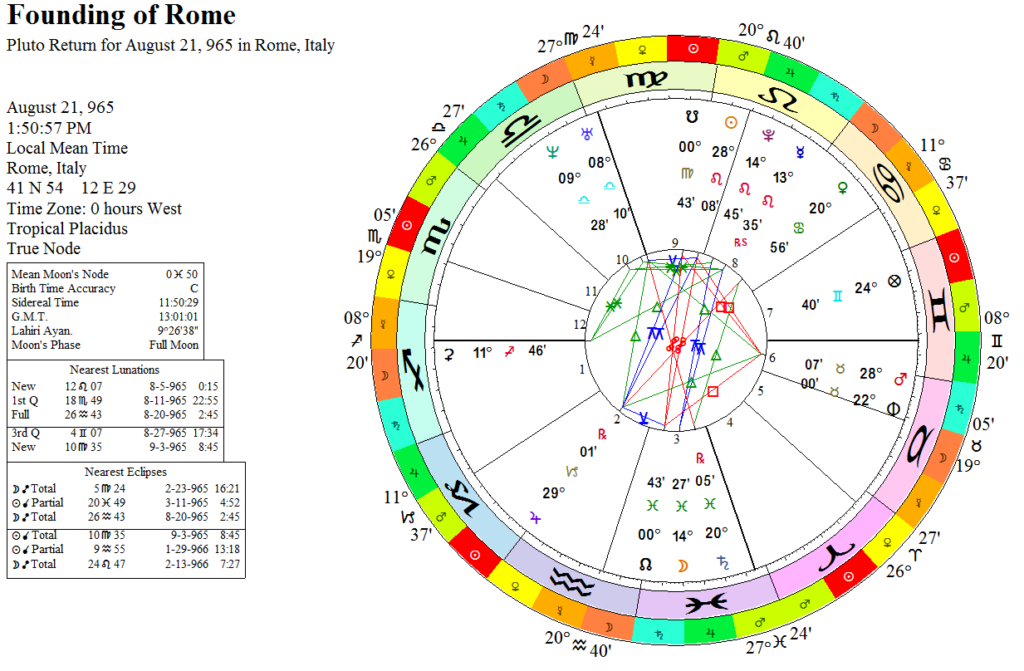
The eighth Pluto Cycle saw Medieval Byzantium reach its greatest height of power. Constantinople during this cycle was the largest and wealthiest city in Europe. One would think the upcoming Pluto Return might not be so bad, especially after the last the Pluto Return. But they would be very wrong as it almost ended the empire.
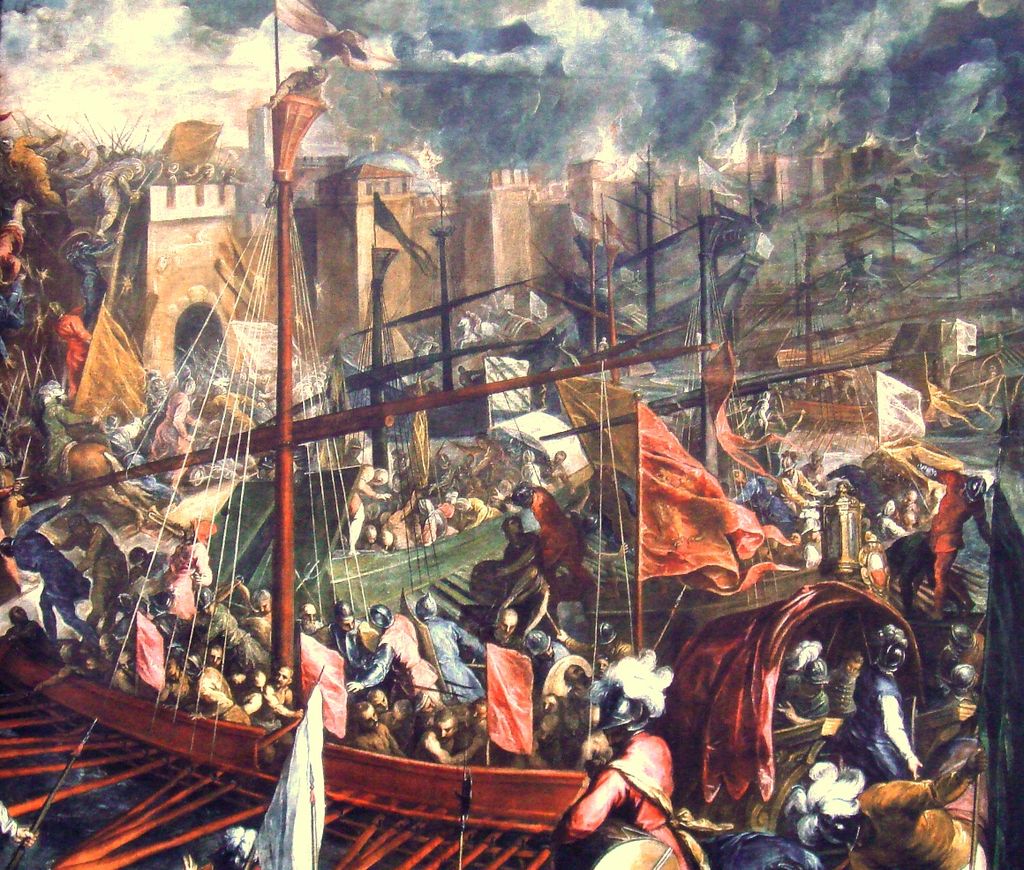
For the eighth Pluto Return, the Byzantine Empire suffered one of the greatest disasters ever. The Fourth Crusade. This crusade was originally supposed to go and recapture Jerusalem, but halfway there, the crusaders decided Constantinople was the better target so they sacked the city and then broke up the empire into different states. This occurred in 1204 AD a few years before the eighth Pluto Return in 1210-1212 AD. Close enough that I would count this event as the start of the return.
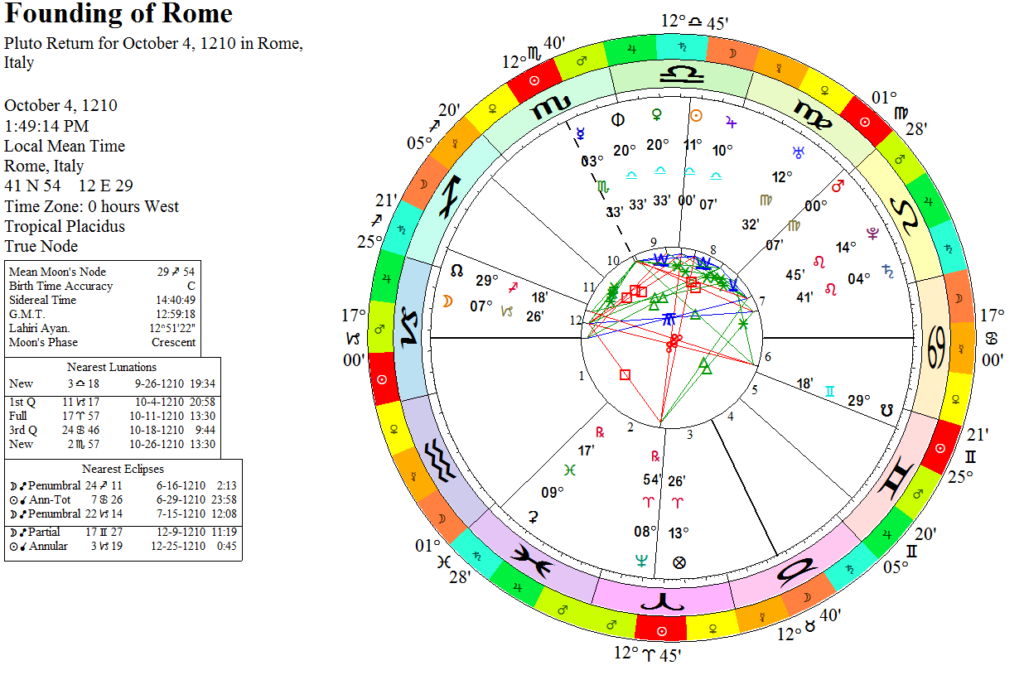
It was approximately 50 years before these states reunited under a new emperor but the damage was done. The Byzantine Empire was a shadow of its former self. During the later half of the ninth Pluto Cycle, the Ottomans Turks gained control of most of the previous empire in Turkey and Macedonia. The empire was limited to Greece and the City of Constantinople itself. It was under constant attack from the Turks during this time.
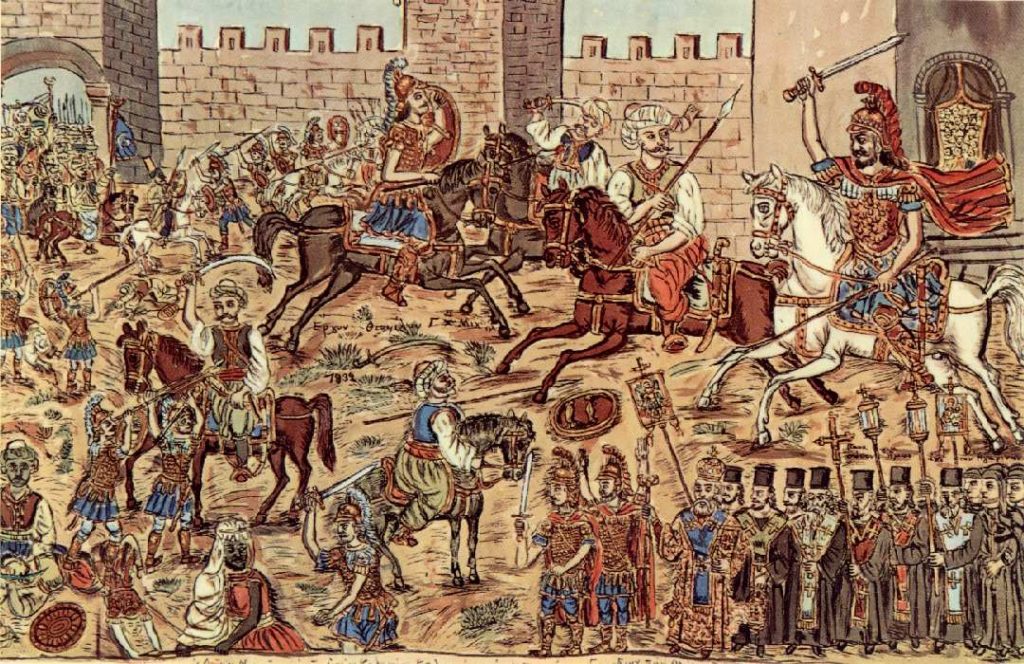
Shortly before the ninth Pluto Return of 1456-1457 AD; in 1453 AD Constantinople fell to the Ottomans and the last Byzantium Emperor, Constantine XI was killed in battle. The ninth Pluto Return was the last one for the last Emperor that could be called “Roman”. After nearly 2,000 years the political continuance of the Roman State came to an end.
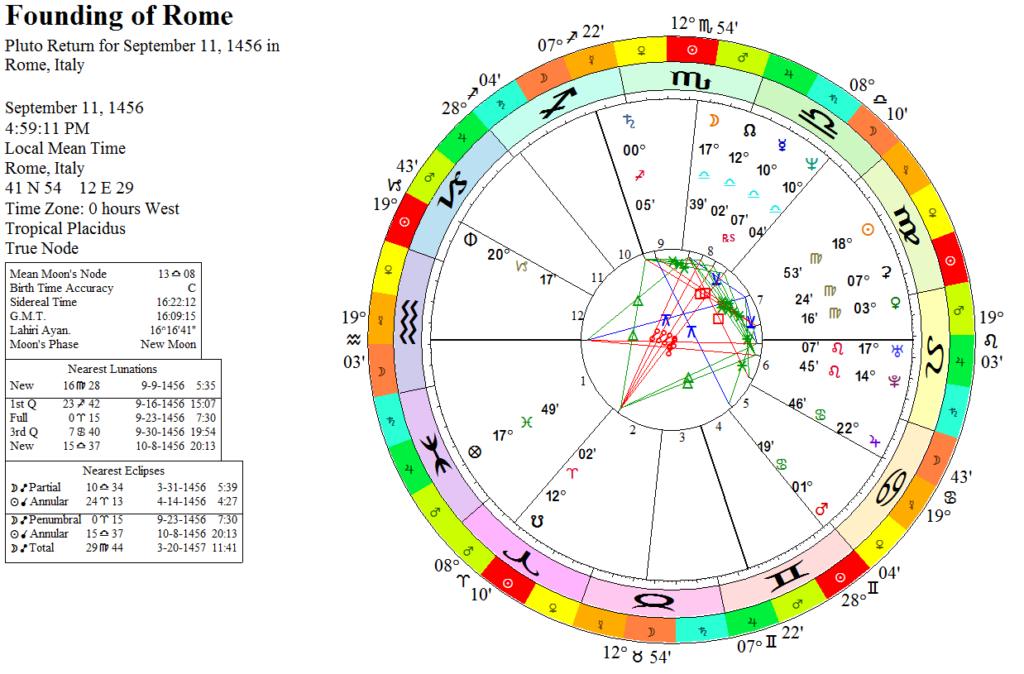
Of the five Pluto Returns analyzed here, three of them featured sieges that either almost destroyed the Byzantine Empire, or in two of the cases actually did. Two of these events happen with Neptune in Aries trine the returned Pluto. The last one happened under the sextile to Neptune to Libra aspect. But in the addition to this aspect Uranus is conjunction the returned Pluto. And it is sextiling the North Node in Libra conjunct Mercury.
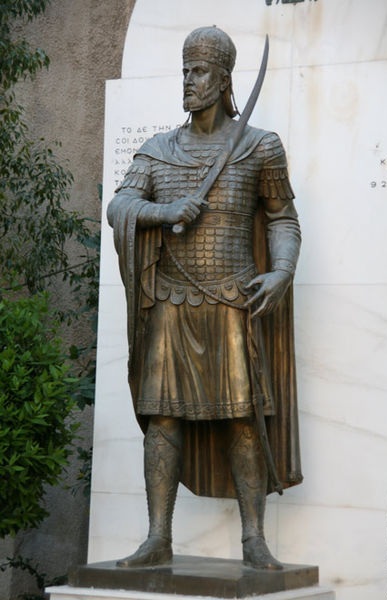
This is a major confirmation that Pluto returns can result in major external threats against the country experiencing them. Only one Pluto Return out of four was uneventful without an external threat or some type of internal crisis. This one may be considered the rise of a strong autocratic ruler. Although this may somewhat of stretch since I couldn’t find much historical material online for Nikephoros II Phokas.
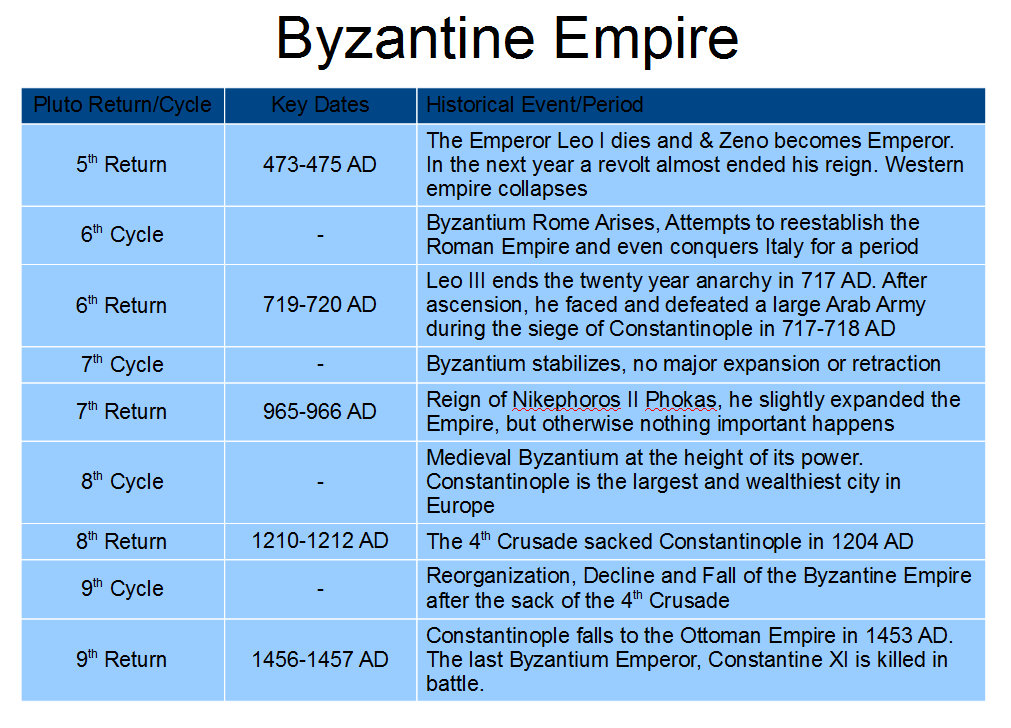
Two of the returns corresponded to a combination of internal and external crises. While not as impressive as the at the external threat returns, there is still the possibility the the Pluto Return can be internalized in the country setting one up for chaos. This seem to happen less frequently than external threats.
With the ninth Pluto Return and the collapse of the Byzantine Empire, the political continuation started by Rome over 2,000 earlier ended. What remained of ancient Rome was one religious institution that survived the great changes over the last 1,500 years, the the Pontifex Maximus.
Which will bring us back to the actually City of Rome and how it experienced the same Pluto Returns the Byzantine Empire experienced which gave it so much death and destruction. During this time Rome’s focus shifted away from a political empire and instead created a spiritual one.
Articles in this Series:
Rome’s Founding Mythical Chart
Ancient Rome’s Pluto Returns: Governance Crisis and Barbarian Attack!
Medieval Rome’s Pluto Returns: Religious Reform within While Chaos is Outside
